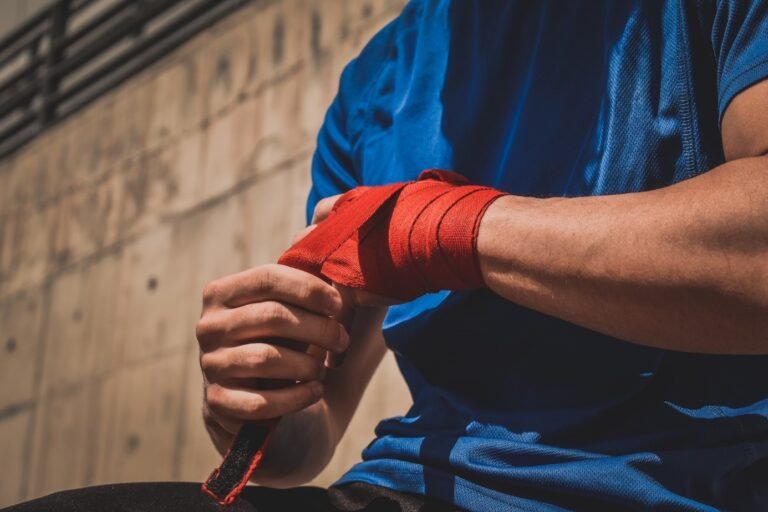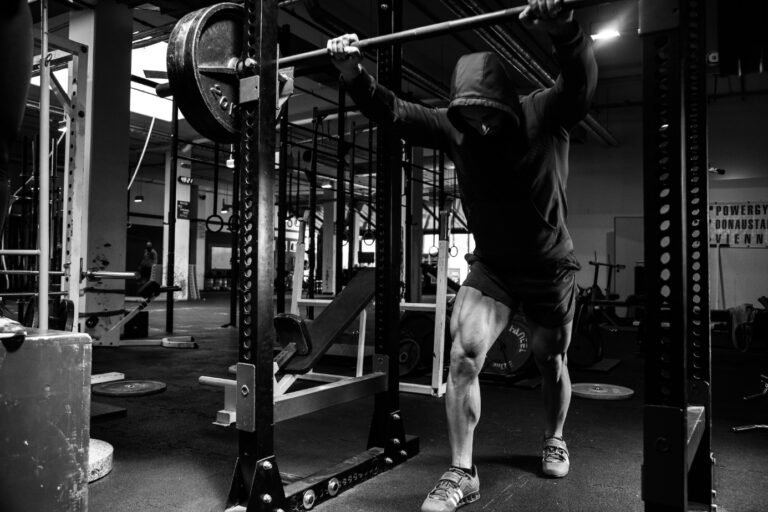Does rowing depend as energy training?
Rowing has usually been an exquisite workout. But thanks to the hype surrounding the new Peloton rowing machine and the growing popularity of the Hydrow rowing machine, it’s seen a pop culture resurgence of late.
Movement is drawn to the gym for many reasons, but there’s one main reason. Unlike other cardio machines like treadmills and elliptical machines, rowing involves push-and-pull movements that concurrently paintings your decrease and higher frame muscle groups even as getting your coronary heart price up.This is a great full body workout and so much more than just a cardio challenge.
This begs the question: does rowing count as cardio or strength training? If the question is simple, the answer is a bit more nuanced. In the beginning, we explain what rowing is and how you can achieve your specific fitness goals with an indoor rower.
First, what exactly is rowing?
Before we jump into the cardio versus strength debate, it may be helpful to take a closer look at how rowing works.
There are styles of this activity: You can actually row a ship in the water with oars – a sport sometimes referred to as crewing, in which a team of rowers on one boat compete against rowers on another. Paddling through the water provides the real resistance that makes every stroke so powerful.
However, the most common exercise equipment is a rowing machine or an ergometer. On a rowing machine, you sit on a sliding seat with your feet strapped to the footrests in front of you and pull the dumbbell to your chest while sliding your legs down. This thrust creates drag.
For example, on a traditional air rower, air enters the cage because the flywheel rotates with every stroke. The more air there is in the cage, the harder you have to work to keep the flywheel spinning.
Rowers also have a damper that controls the drag in the cage, usually on a scale of zero to 10. Think of it like your boat’s drag.
The more momentum you build up, the heavier it will feel when you accelerate it.(Some indoor rowers, like the Ergatta, use water for resistance, although they can be more expensive.)
Whether you’re in a boat or an indoor rower, according to the American Council on Exercise, there are four phases to good rowing: catch, roll, aim, and recovery. You begin in a recovery or starting position with your arms straight and your torso slightly forward at your sides, with your lats and core tight. The grip prepares you for the ride, where the main work gets done: driving feet into the footpegs, pumping energy through the’s heels, and pulling arms back. On landing or during the stabilization phase, fully straighten your legs by slightly pulling your torso back so the dumbbells are above your belly button in your lower chest.
The recovery phase is used to prepare for the next shot: you stretch your arms over your legs, then lean back on your hips and start again.
For the purpose of this article, we will be talking about rowing machines as they are much more commonly available in gyms and home gyms.


-
What kind of workout is rowing?
Anyone who has tried rowing knows that it tests your cardiovascular endurance, leaving you breathless and often drenched in sweat. But it will also tire your glutes, legs and back like after a heavy workout.
-
What type of rowing workout: strength training or cardio?
In other words, it’s both. Rowing is a cardio exercise because it involves continuous, repetitive movements that increase your heart rate. But it can also challenge your muscles for strength. Crawford says that when you roll, you engage your glutes, quads, hamstrings, and core. And as you pull the handle toward you, your lats, upper back, and biceps will light up in sequence.
-
A reason for the muscle advantages?
The form you use when rowing properly — performing any movement from the muscles in your back in your legs and glutes — is actually the same movement pattern used in traditional strength exercises like deadlifts or kettlebell swings: the hip joint. But instead of pulling against the resistance of a barbell, you’re moving against the resistance of your own body weight and the wind in your chest. While rowing has both cardio and strength elements, it leans more toward cardio.
much less than the duration of a typical rowing workout! Rowing is a muscular challenge, but “rather muscular endurance training” than strength training or muscle building. To achieve the latter goals, it is necessary to use progressive overload in strength training, continuously engaging the muscles and gradually increasing the weight.
-
How do you use rowing to build strength?
Rowing isn’t the best way to achieve specific strength or muscle-building goals, but it can be a great addition to both. This is because some rowing workouts can really improve your strength, which has a huge impact on your fitness routines. According to research, high-intensity rowing engages the same Type II muscle fibers — the ones that produce a lot of force, but for a short period of time — as lower-body strength training. If you want to train a rower for explosive power, focus on power output, which you can measure by the number of yards you can pull in one stroke. (These numbers usually appear on the rower.) The more you move your legs and pull on the rower, the greater the performance gain.To gain strength, you need to focus on high-intensity riding and slow down during recovery. That way, when you’re back on the road, it’ll take more effort to spin the flywheel, Crawford says. When strength training, you want to maximize the number of strokes in an interval. (As you work at higher cadences, your form tends to drop, so you need to make sure you’re rowing at your peak throughout your workout. If you feel your form slipping, reduce the intensity to until you are back to full-form physics.
Power output relies upon in your cap potential to generate strength at the machine, Crawford explains. There isn’t a single shock setting that’s best for power delivery, as power depends on your technique, fitness level, and size, but you can consider 4-8 a solid range. If you are new to paddling you might want to try the lower section first.


Then try this strength workout:
- Set registers between 4 and 8.
- Hit 5 sets from 500 yards, focusing on hard, explosive shots.(You may want to start with fewer intervals initially, especially if you are new to this type of training.)
- Maintain a stroke rate between 28 and 36.
- This should sound very difficult – consider it an 8 out of 10 on a Perceived Effort (RPE) scale: You should only be able to say a word or two when trying to speak.
- Gently row for a minute between sets, reducing pressure as you push — those gentle movements will help get your blood flowing.
- Alternatively, if you’re really aiming for peak performance in your intervals, you can stop rowing to fully recover for your next set.







